The benefits of Assistive Technology for students With Autism
Visit here to learn how a tech-led approach to classroom accommodations could benefit both students with autism, as well as the admin members of staff.
 2 min read
2 min read
 Published: 17 Jan 2019
Published: 17 Jan 2019
 Luke Garbutt
Luke Garbutt
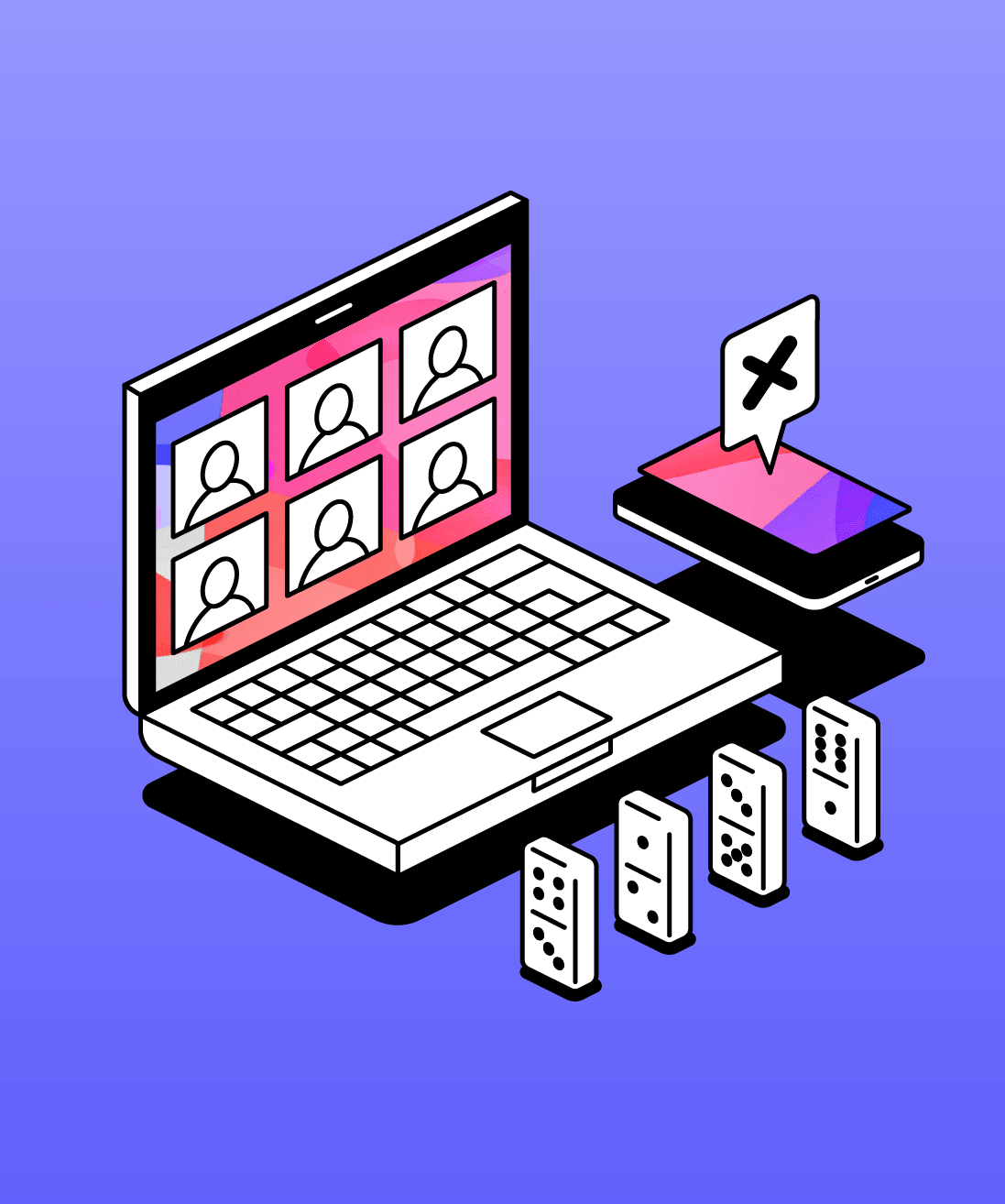

How a tech-led approach to classroom accommodations could benefit both students with autism and admin staff.
A Perfect Match
We’re fascinated by technology and its power to change lives – it’s why we’ve spent years developing Glean.
So, we wanted to show you how assistive technology works for students with autism.
And what’s surprising is that it could help your department make significant savings on classroom accommodation.
What’s the Idea?
Effective classroom accommodations help students help themselves. This is a belief we share with many in Disability Service departments, and it’s the guiding principle of assistive technology.
As we’ve discussed in our post on accommodating students with autism, the lecture experience can be daunting for many. Students with autism spectrum disorder could be facing problems with…
- Sensory overload
- Social anxiety
- Processing verbal information
- Ability to take notes
Getting the most from lectures requires focus, so having a set of issues that affect your concentration can make them problematic.
On the market now are many assistive tech tools that work to alleviate these specific problems. One huge benefit they offer users is a different experience of note taking.
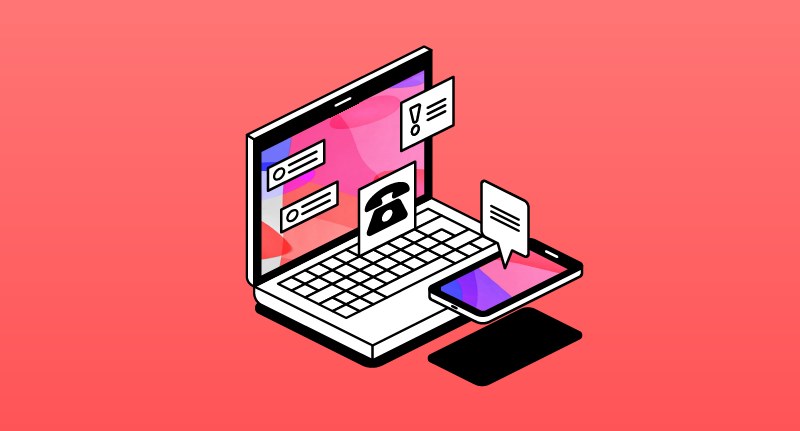
Making Note-taking Accessible
Taking notes is something that 95% of students with a disability have reported struggling with (Studies in Higher Education).
The demands note taking have on cognition are well-evidenced. Its importance to learning, combined with the various mental processes it demands, makes it of central importance to accommodating disabilities.
Having a system in place to make note taking easier for students that need it has been shown to improve independence and outcomes. And it could also prove to be a cost-saver for Disability Service departments when compared to traditional accommodations like peer note-takers. In fact, institutions have been known to save up to 75% on their accommodations budget.
Here are just a few examples of assistive technology aimed at targeting specific issues students with autism may experience:
- Smartpens: designed to help organization by automatically uploading notes to students’ mobile device or laptop. Particularly useful for STEM subjects
- Transcribing software: Apps like Dragon convert recorded speech into text. This could be helpful for students that struggle with spoken communication
- Audio Note-taking: Interactive audio recordings of lectures that allow students to annotate and review material at their own pace. Great for building independent note-taking skills
These are just a few examples of how assistive technology for students with autism can fundamentally change their classroom experience. With something to help you overcome common obstacles to learning, you can start to really work on your study skills.
Explore Further
We’re happy to talk generally about assistive technology, but we also want to show you the specifics. Read about how Ebony, a student with autism and ADHD, found focus in class thanks to Glean, or discover more about how autism affects student learning and behaviour.
Written by Luke Garbutt

More from Disability Services
View All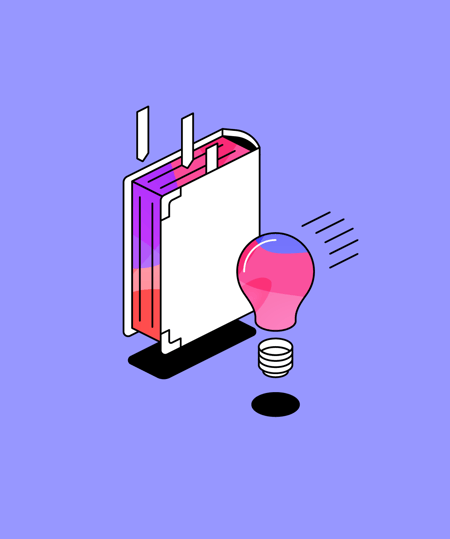
 4 min read
4 min read
Navigating budget restrictions: a comprehensive guide to maximizing departmental resources
Higher education professionals face increasing pressure to do more with less and maximize limited resources. In this article, we explore tips, strategies, and success stories for adopting assistive technology and effectively planning budgets.
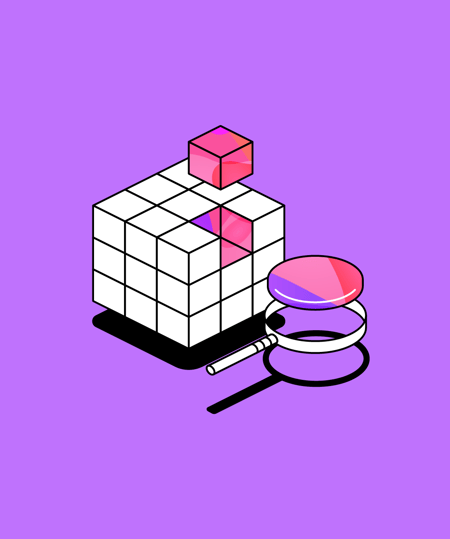
 2 min read
2 min read
The power of inclusive language and technology
In a recent webinar, Leslie Smith, Manager of the Access Center at Volunteer State Community College, shared a powerful insight into the transformative impact of language and technology.
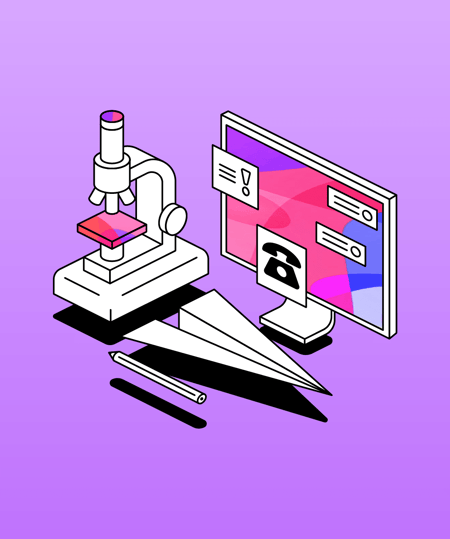
 3 min read
3 min read
The future of disability services in higher education
Disability services are experiencing significant change. To explore this, and how they may continue to evolve, we sat down with Christa Price, Assistive Technology Specialist at California State University, Northridge, and Aaron Holmes, Access Specialist at MiraCosta College.





